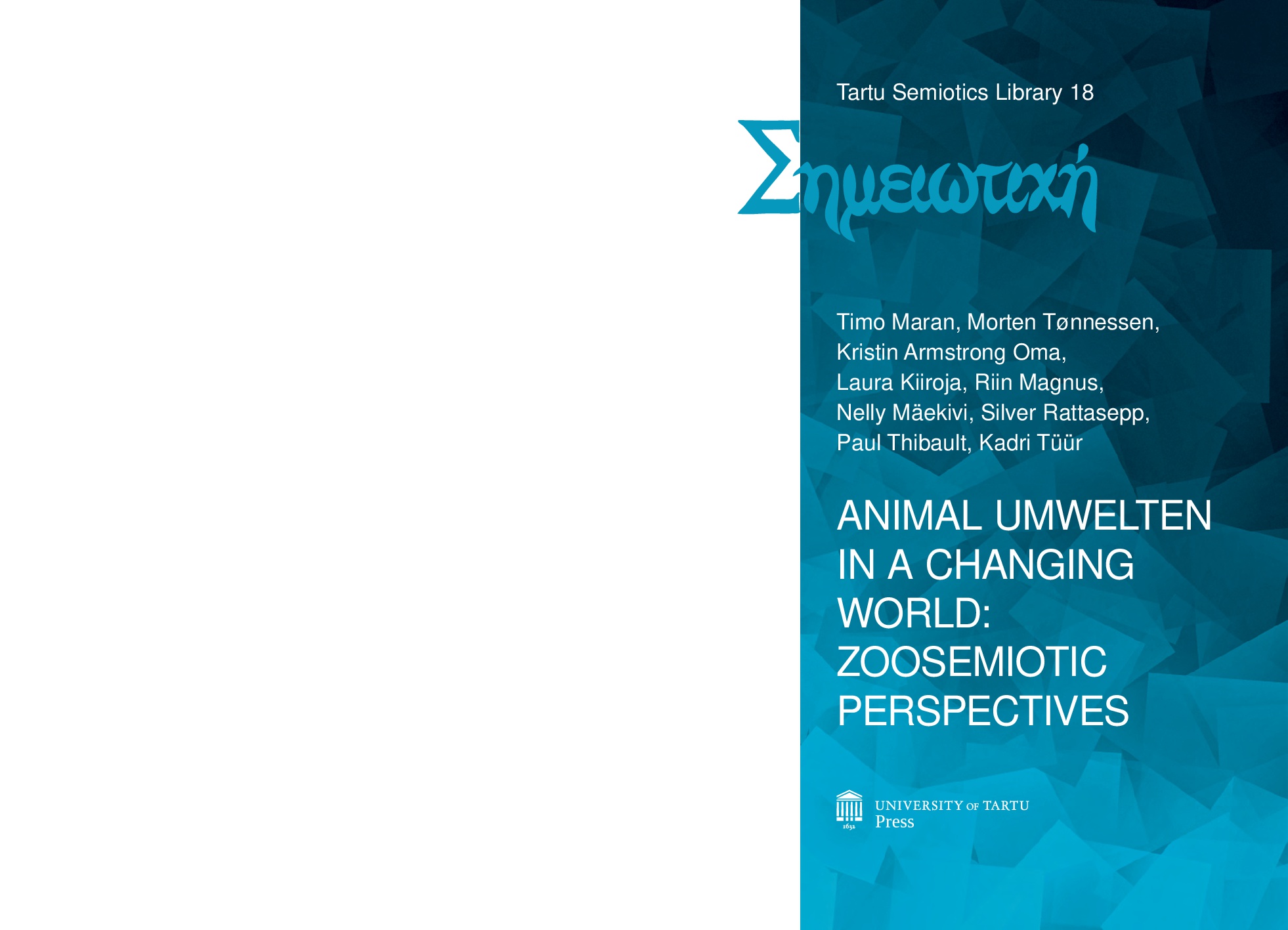The semiotics of predation and the umwelten of large predators
The semiotics of predation and the umwelten of large predators
Author(s): Morten TønnessenSubject(s): Semiotics / Semiology, Studies in violence and power, Sociobiology
Published by: Tartu Ülikooli Kirjastus
Summary/Abstract: Carnivores are emblematic of the brutality of nature in that, apparently, in order to live, they have to take lives – as, at the very least, most animals do.1 This is not strictly speaking the case, since various scavengers and vultures feed on dead animals without necessarily killing them. Even herbivores – animals that eat plants and perhaps fungi – might to some extent be taking lives, even though herbivores often feed on plants, or rather plant parts, without necessarily killing the plant organism.2 But predators kill.3 And carnivores are generally associated with predatory behaviour, although, as we see, not all carnivores are predators. Predators thus form a subcategory of carnivores, and are correctly associated with killing – causing death, fear and, to varying degrees, suffering.
Journal: Tartu Semiotics Library
- Issue Year: 2016
- Issue No: 18
- Page Range: 152-183
- Page Count: 32
- Language: English
- Content File-PDF

